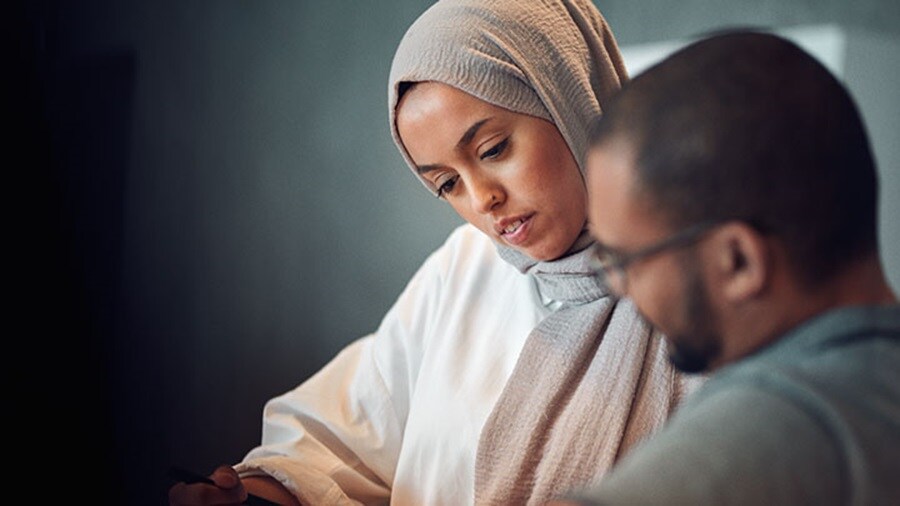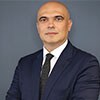Supply chains have always been complex ecosystems, often subjected to unpredictable disruptions.
This reality was heightened tremendously by the COVID-19 global pandemic, impacting trade in a way that was even larger, characterized by volatility and ambiguity. Due to this, our customers need resilience, innovation and a new level of ownership that can be allowed with full visibility.
Visibility, yes. But how?
It’s important to stress here, that today full visibility is not limited to the physical assets. Full visibility calls for knowledge on the digital part of logistics too. Software, tools, dashboards, predictive data, and useful apps. And this flow, physical and digital, can’t be disconnected.
Number one is the customer. Number two is the customer’s customer
Everything we do, is shaped by the customers’ perspective. We often ask them directly “could this service be useful? What should be changed?”- then we use their insights to build new products using both digital and physical capabilities.
One can’t interrupt the flow. It can be molded to bring modularity into the offering so that each component and each product fits, depending on the need of the customer.
For quite some time now, customers have been discussing the acceleration of some trends and how products that give visibility can really help following these. The first is the rise of e-commerce, now shaped by incredible speed. After the pandemic, everyone desires their goods delivered directly at home, and fast. We take for granted that such options are available, so all businesses must adapt and restructure to meet this need. Blockchain, AI, APIs, and machine learning fuels it all; giving customers a new level of ownership over useful data, better connecting, and understanding, through our products.
A second trend, very close to Maersk as well, is decarbonisation. The whole logistic chain has to innovate all its components to change its complex ecosystem. And this can be done only with products that support this ambition. Giving tools to customers so that they can have an overview of their greenhouse gas emissions, helping them to start their decarbonisation journey.
Moreover, when we create, we also know that we are shaping products to help our customers serve their own customers. We deep dive for their final goal and from there we reverse engineer the supply chain, rebuilding logistics.
The integrated flow
Our customers can be deeply impacted by a disconnected supply chain. The multitude of actors, processes, documentation, narrow windows - if not all perfectly timed, complications can ensue.
Logistics has been commoditized for years, instead of looking at it as one flow. Historically, customers were more used to purchase ocean, then air, then trucking, then insurance, all from different providers - who wouldn’t necessarily collaborate as they would optimize their business in different ways. So, if managed in siloes, challenges are likely to occur. Now, logistics is end-to-end, both physically and digitally.
The flow keeps changing. The flow is multiform.

Logistics for people, by people
This industry is a complex and fascinating one, and its only working because of the people behind it.
Technology and innovation can give us the ability to predict and change route, but I'm also a firm believer that logistic is a people business. It is not only a chain of assets, but a literal chain of people. One person delivering to another, through many others in the middle.
The integrated flow needs strong partnerships, where trust is paramount. When people are in need, or in a difficult situation, they can only overcome big obstacles when acting together. And the same goes in business.
At the end of the day, what we want is to find solutions for the customer to help them navigate complexity. It’s not only Maersk that is transforming. The world is, and our customers are too. It is a cooperative transformation to achieve a well-working flow.
So, how do we connect all the dots?
The answer is: together. Connecting physical assets, digital platforms and people. After all, what else is logistics if not connecting the world?
We enable global trade, but it is the people, our customers, that guide us.
They guide the flow.
-
For more on our connected, integrated solutions visit: here

Anything you need, we’re here to help
I agree to receive logistics related news and marketing updates by email, phone, messaging services (e.g. WhatsApp) and other digital platforms, including but not limited to social media (e.g., LinkedIn) from A. P. Moller-Maersk and its affiliated companies (see latest company overview). I understand that I can opt out of such Maersk communications at any time by clicking the unsubscribe link. To see how we use your personal data, please read our Privacy Notification.
By completing this form, you confirm that you agree to the use of your personal data by Maersk as described in our Privacy Notification.
